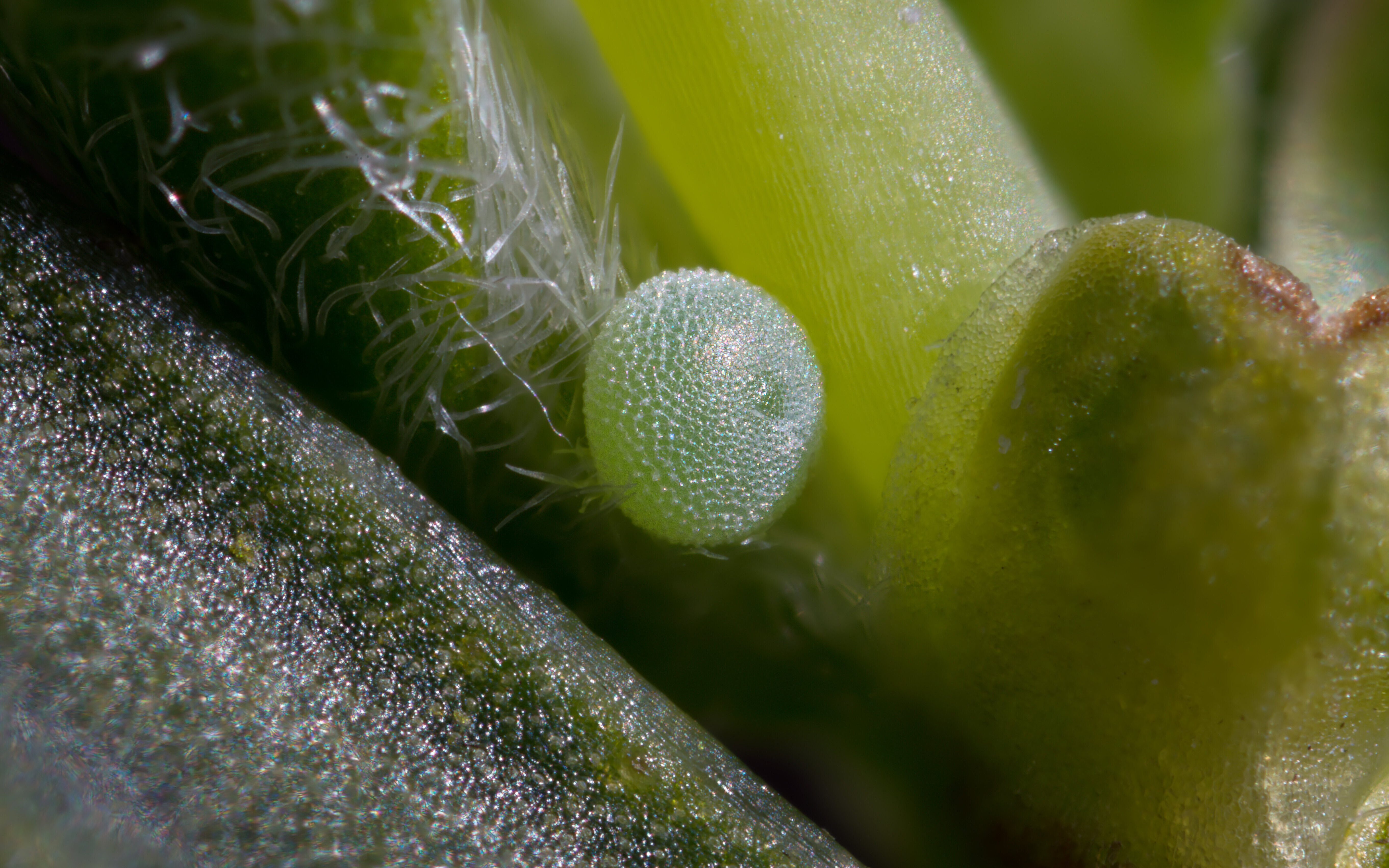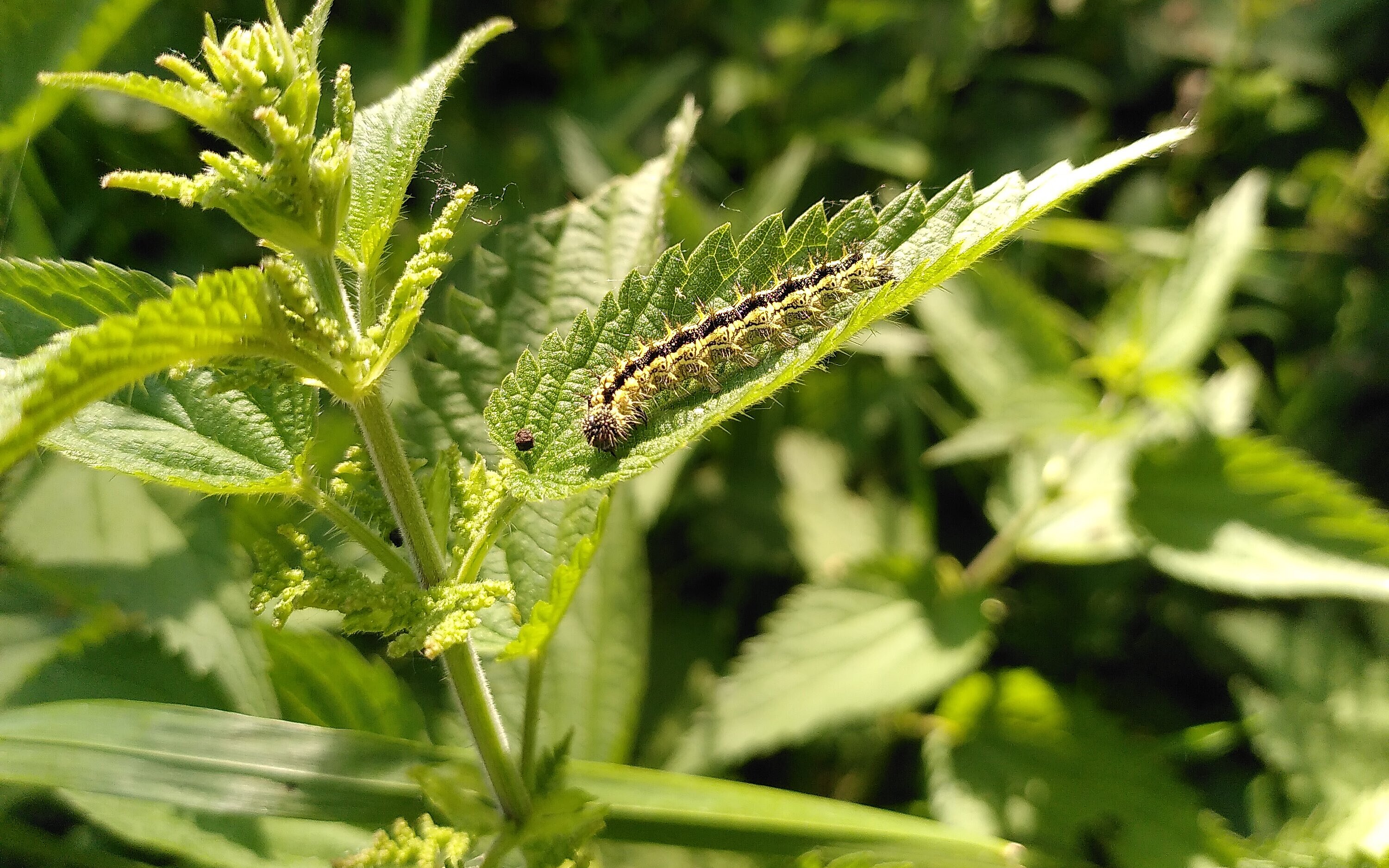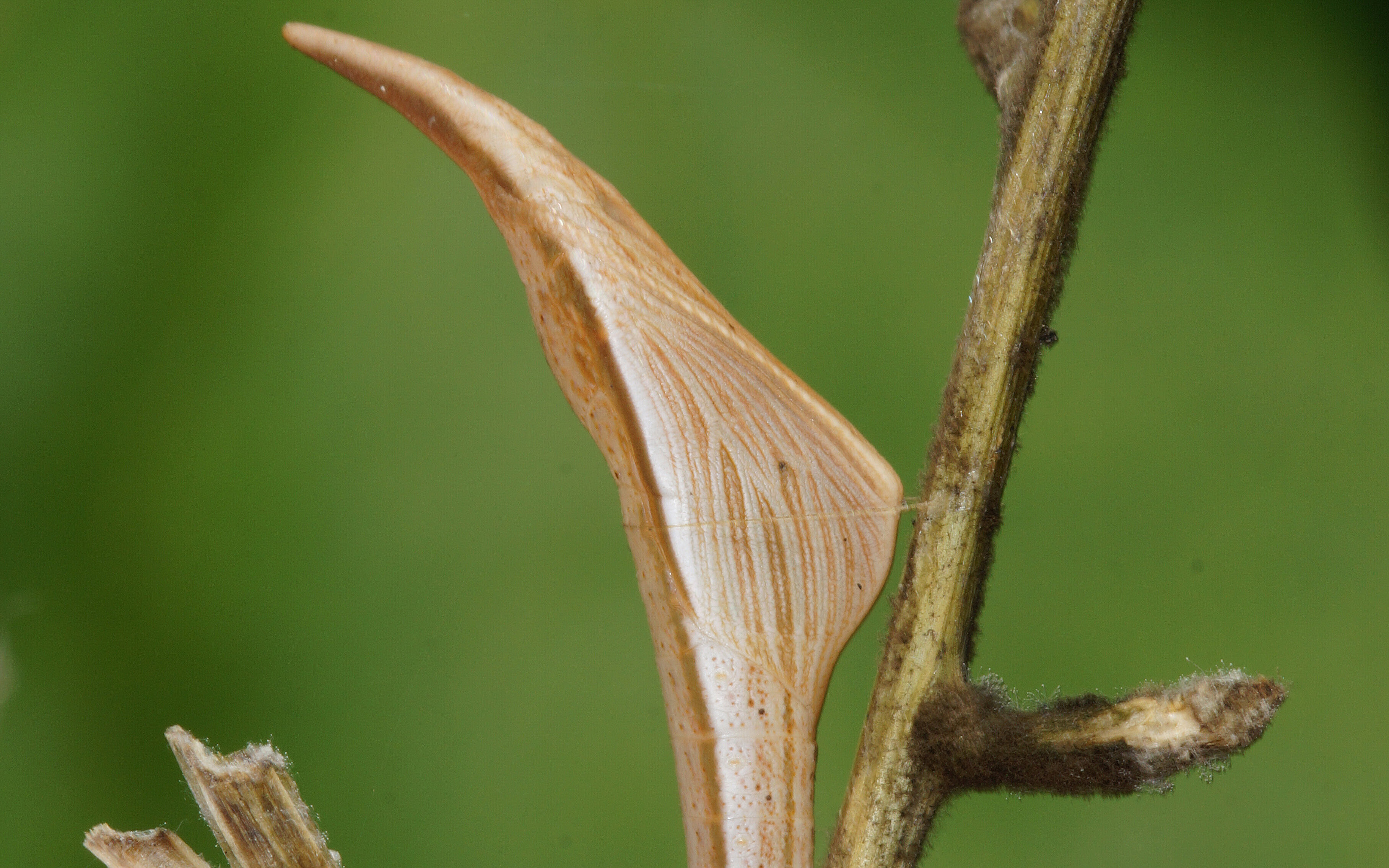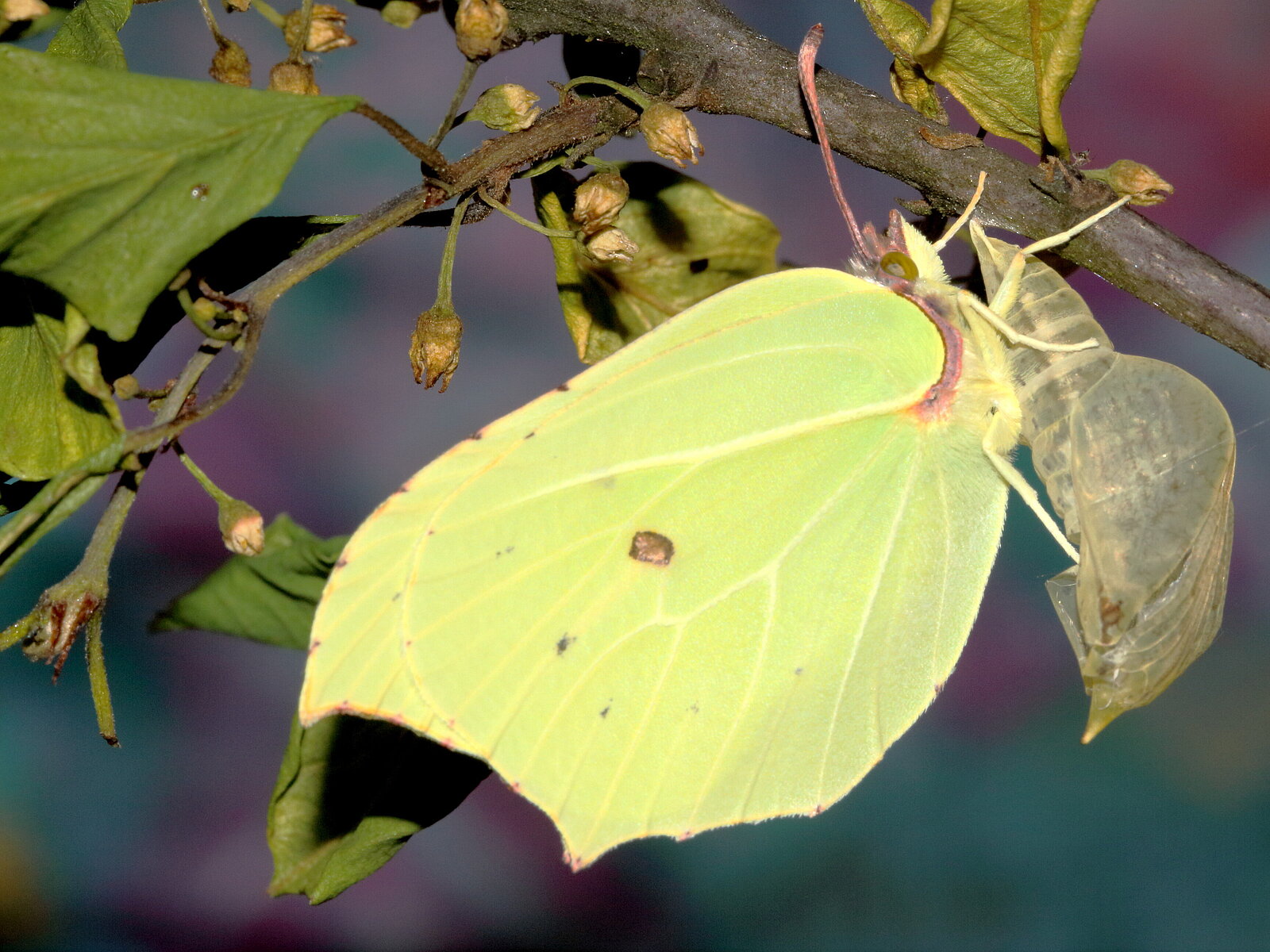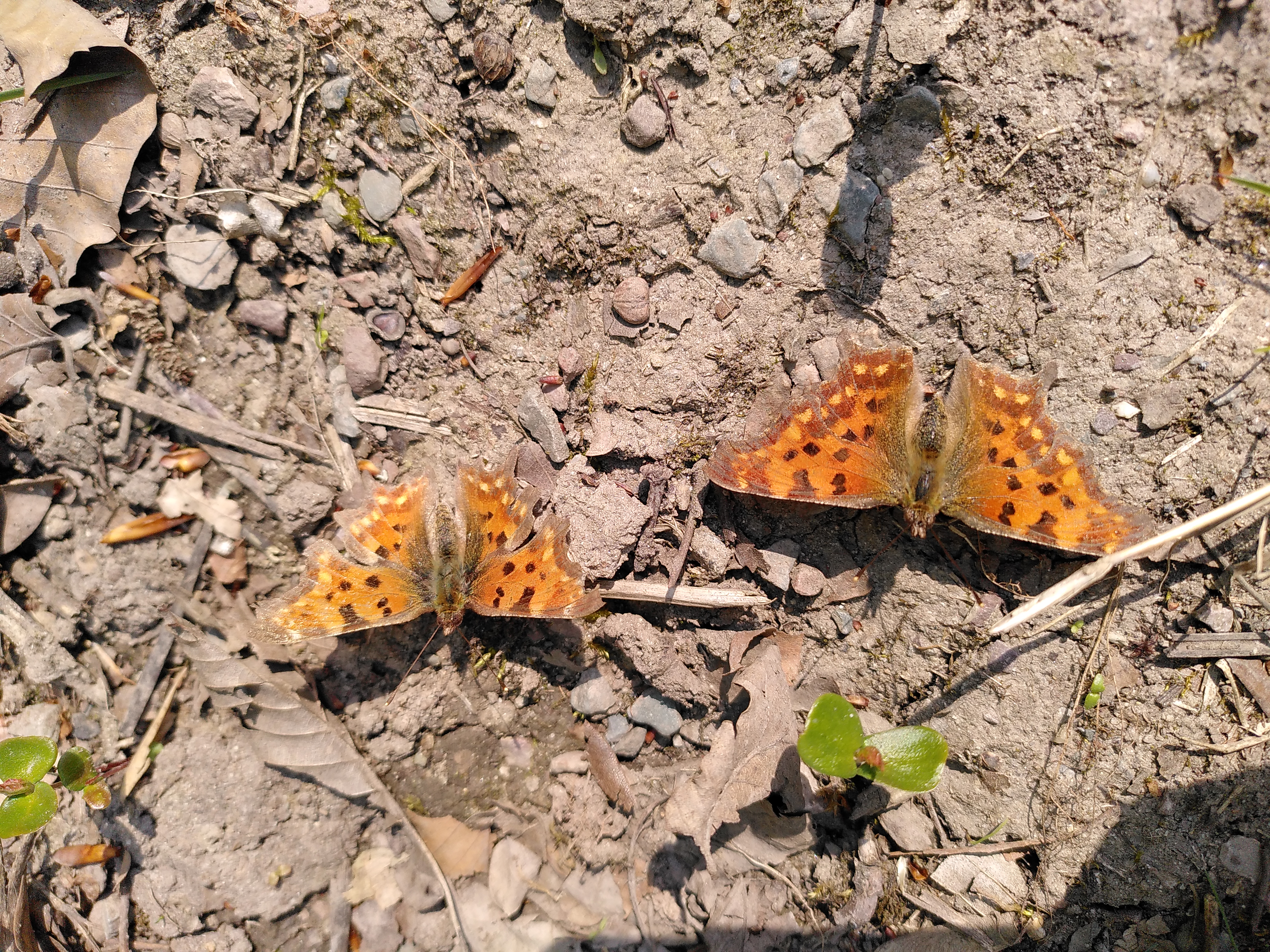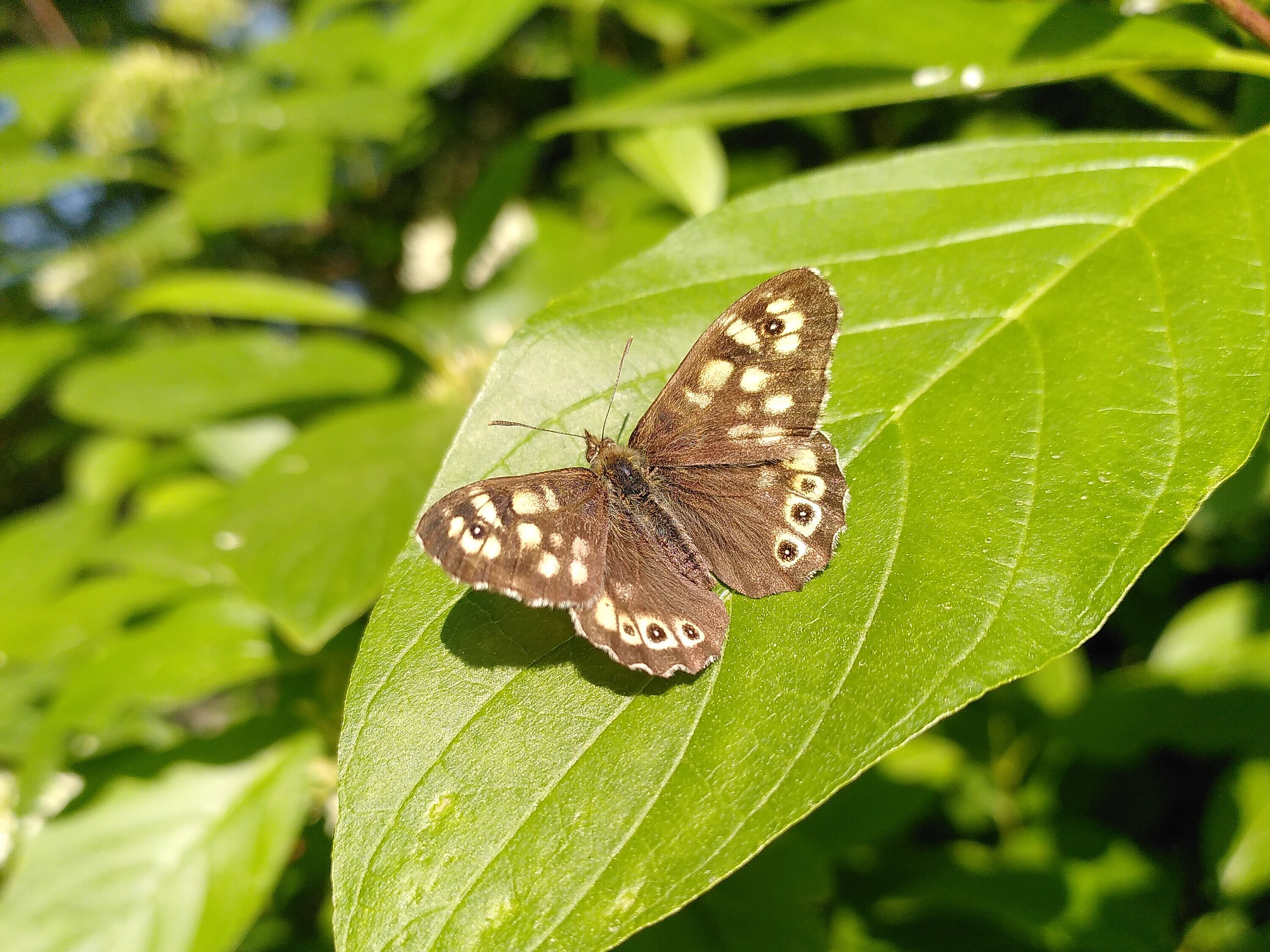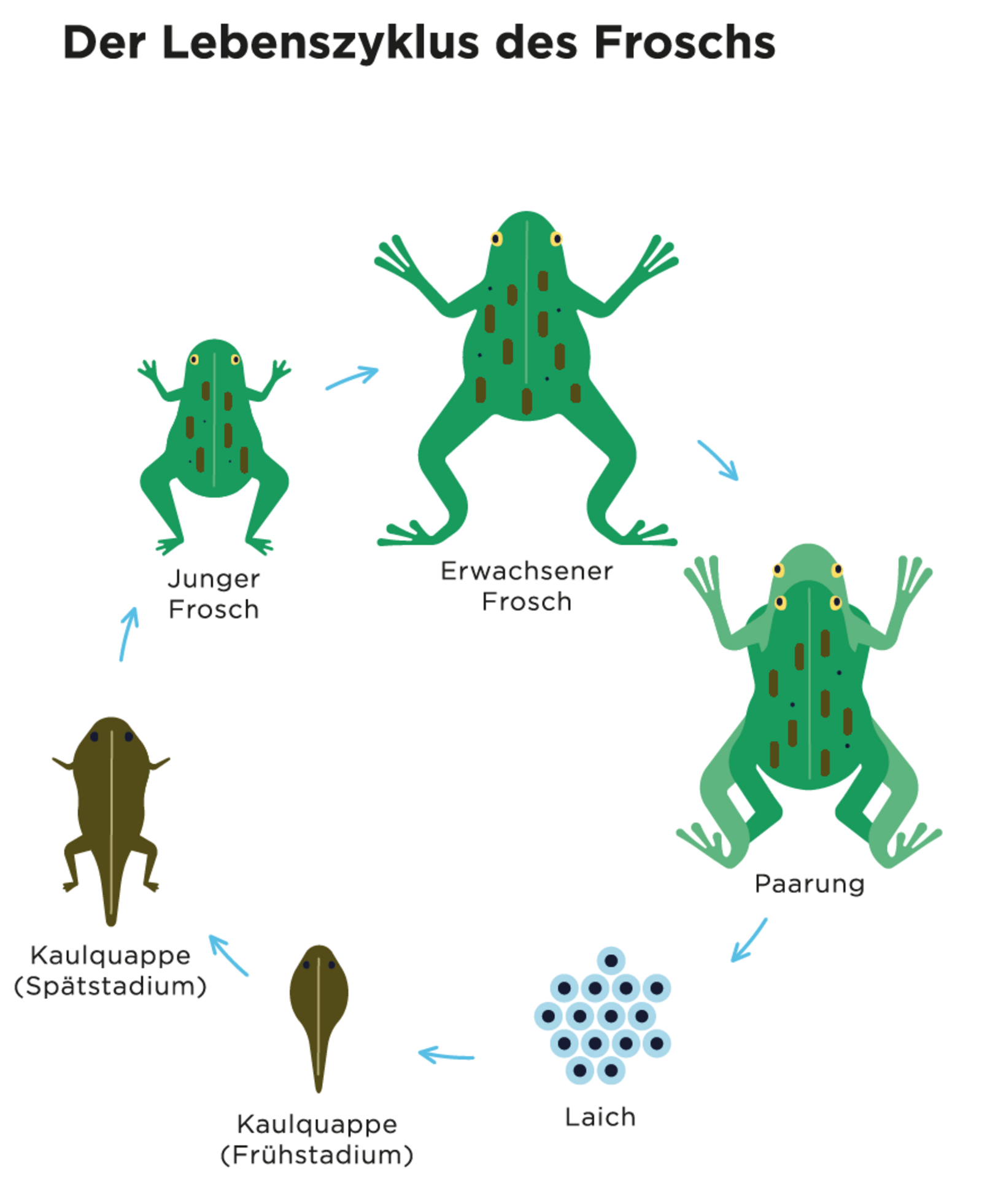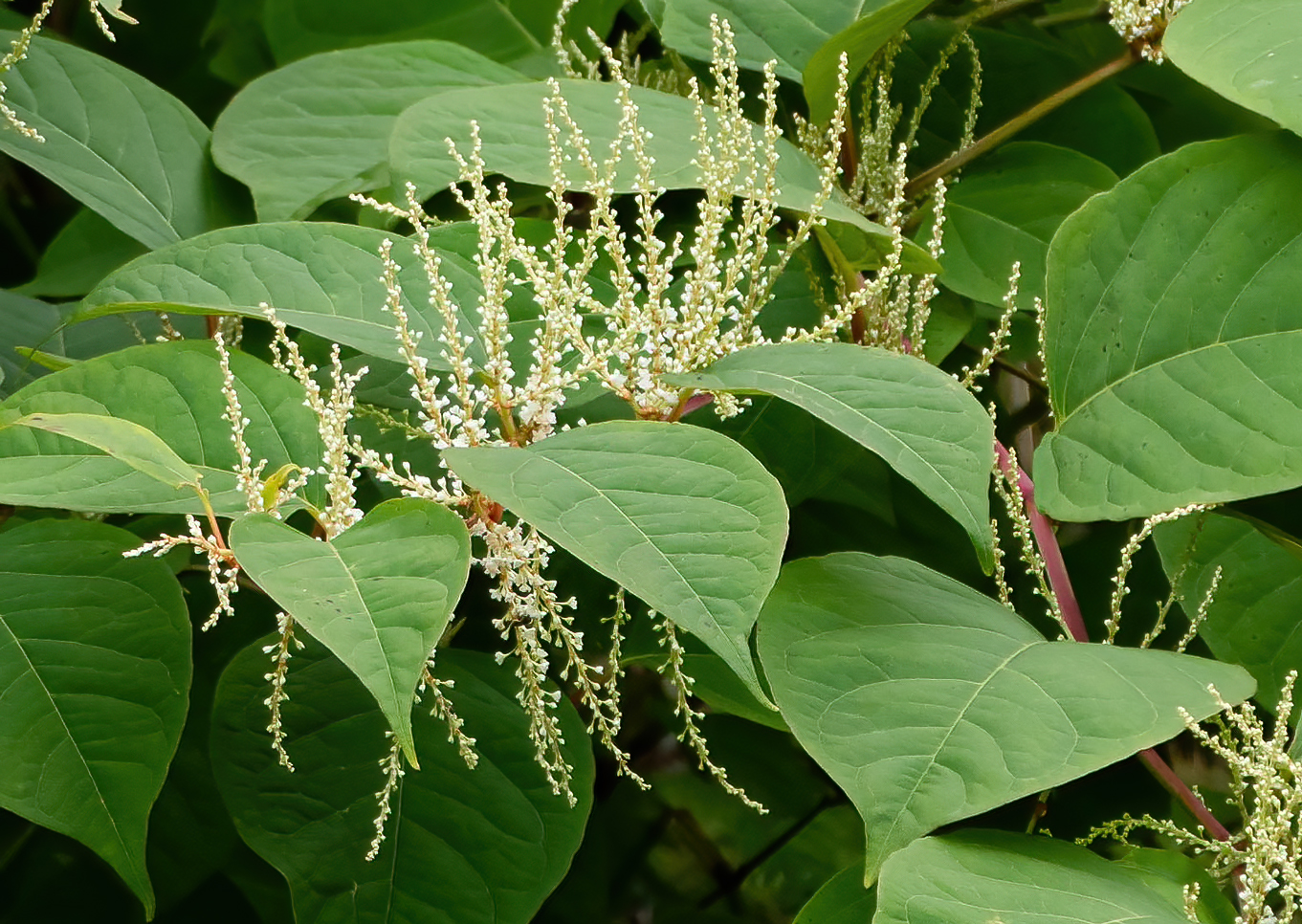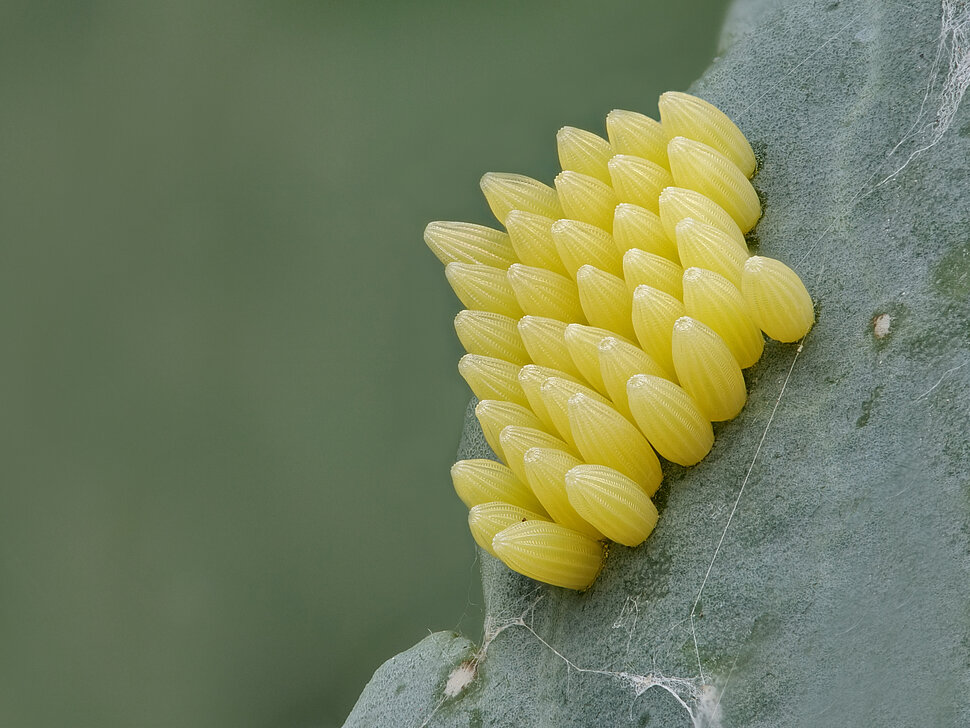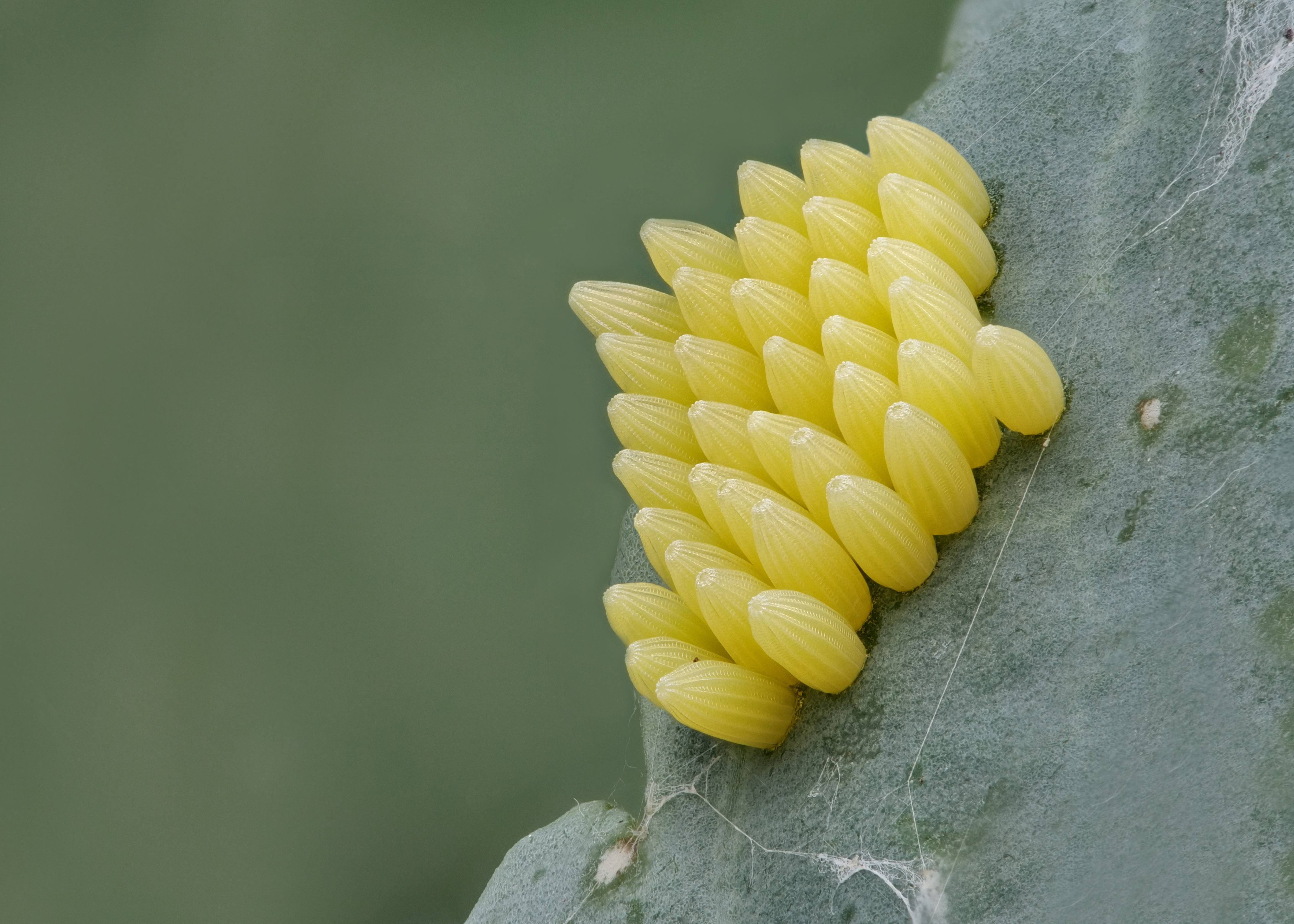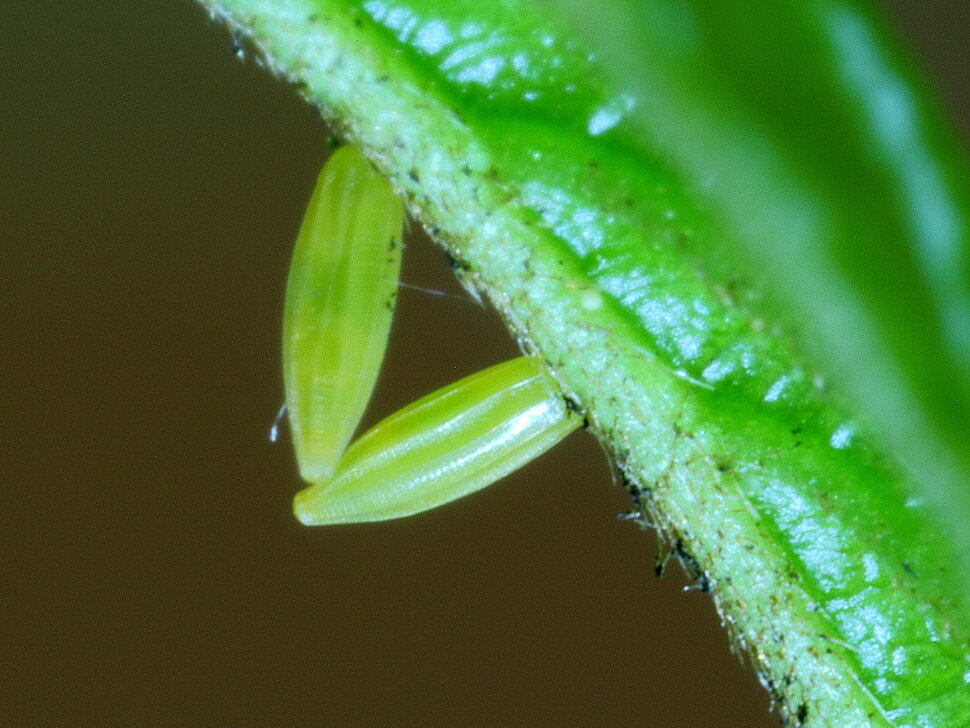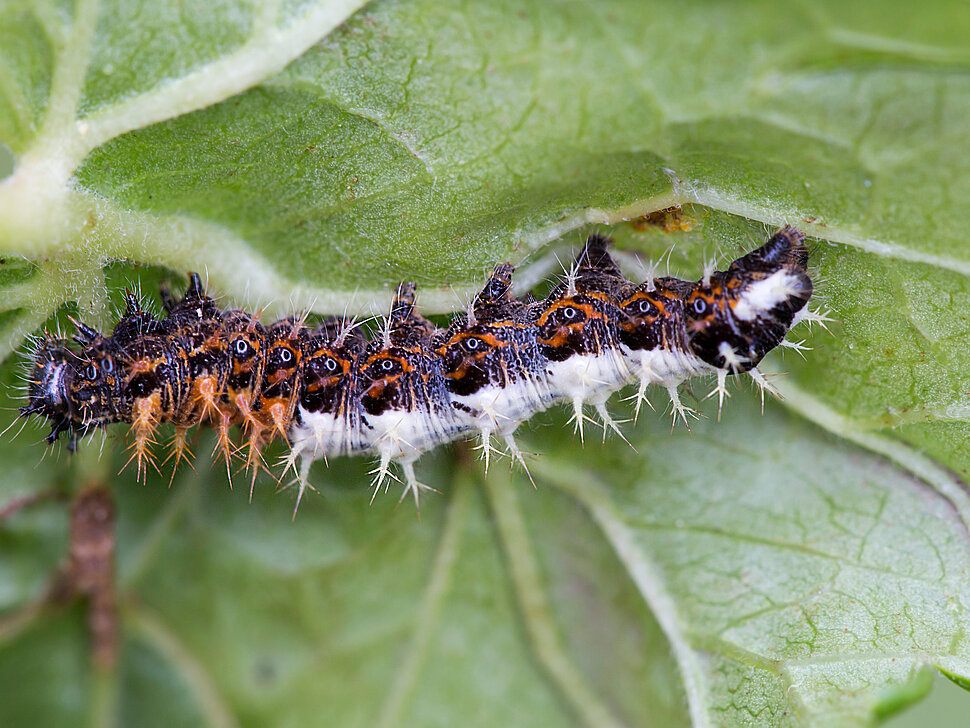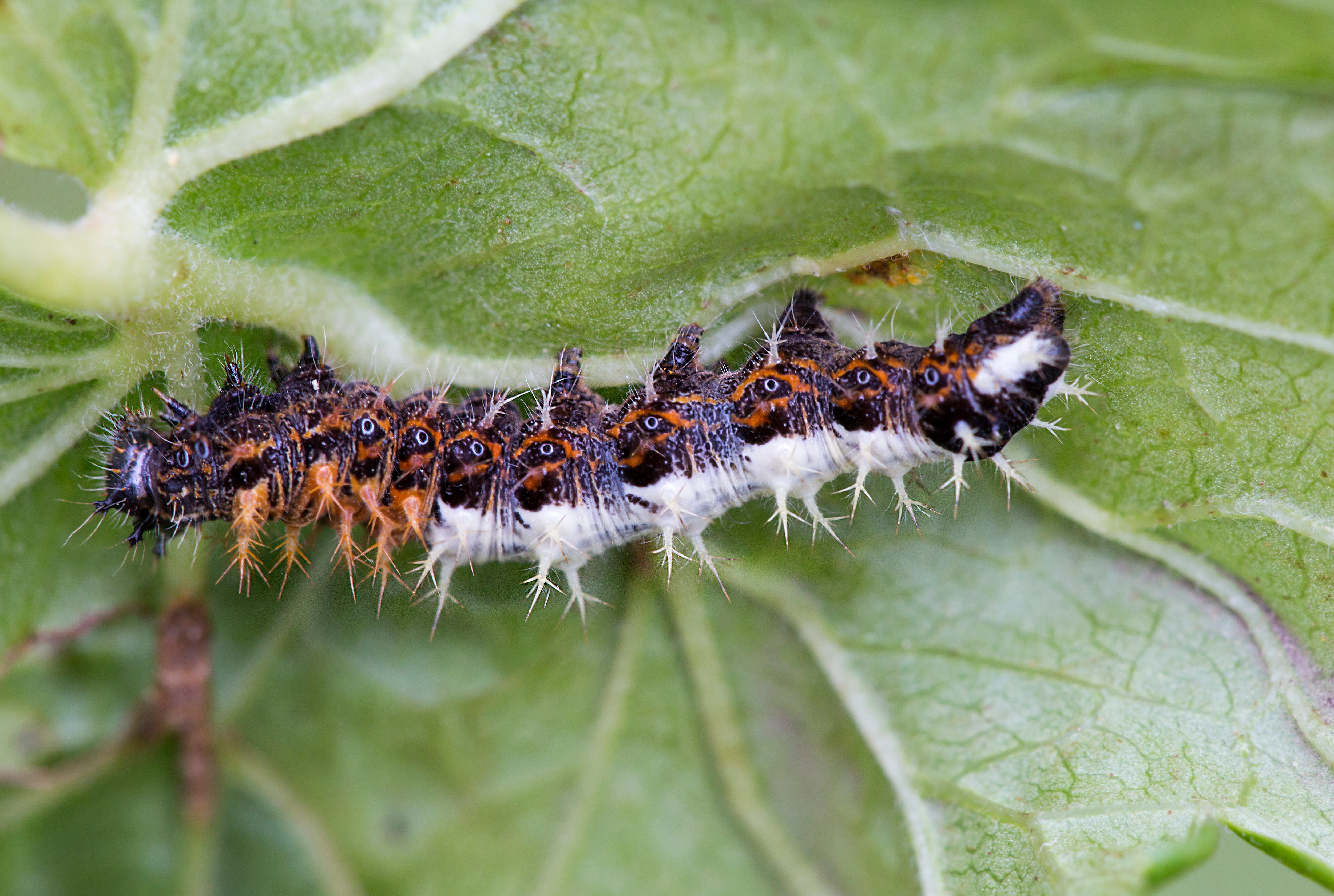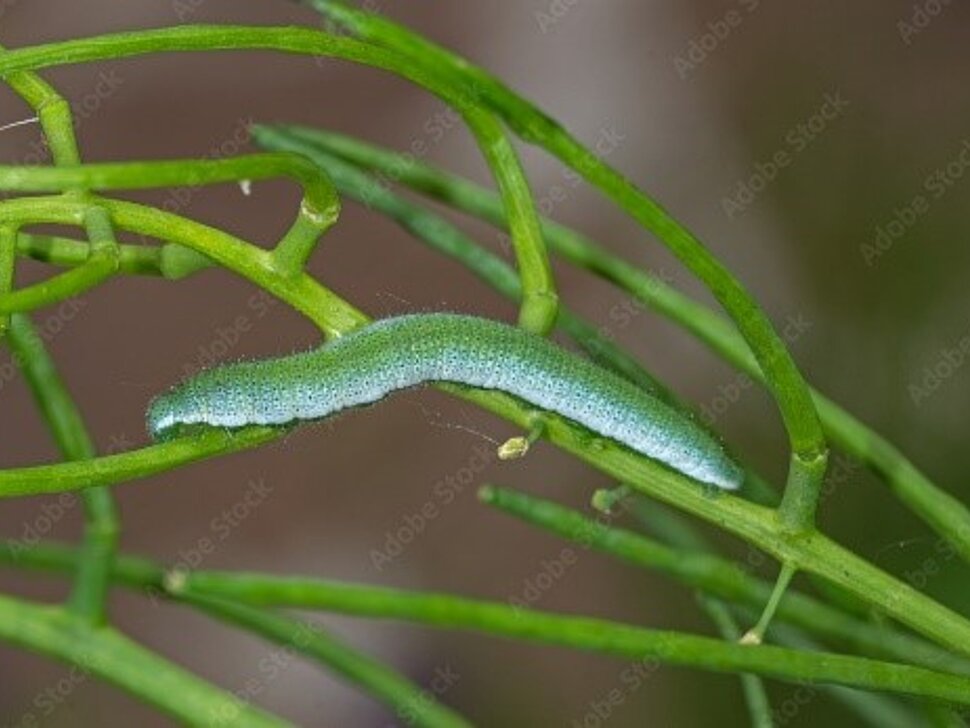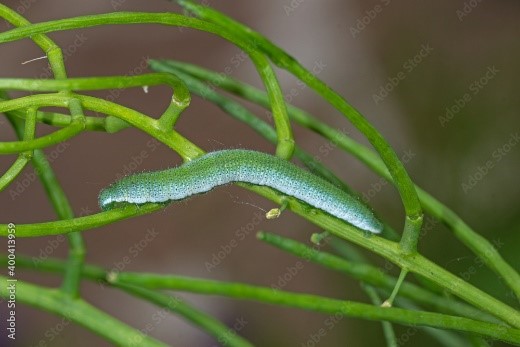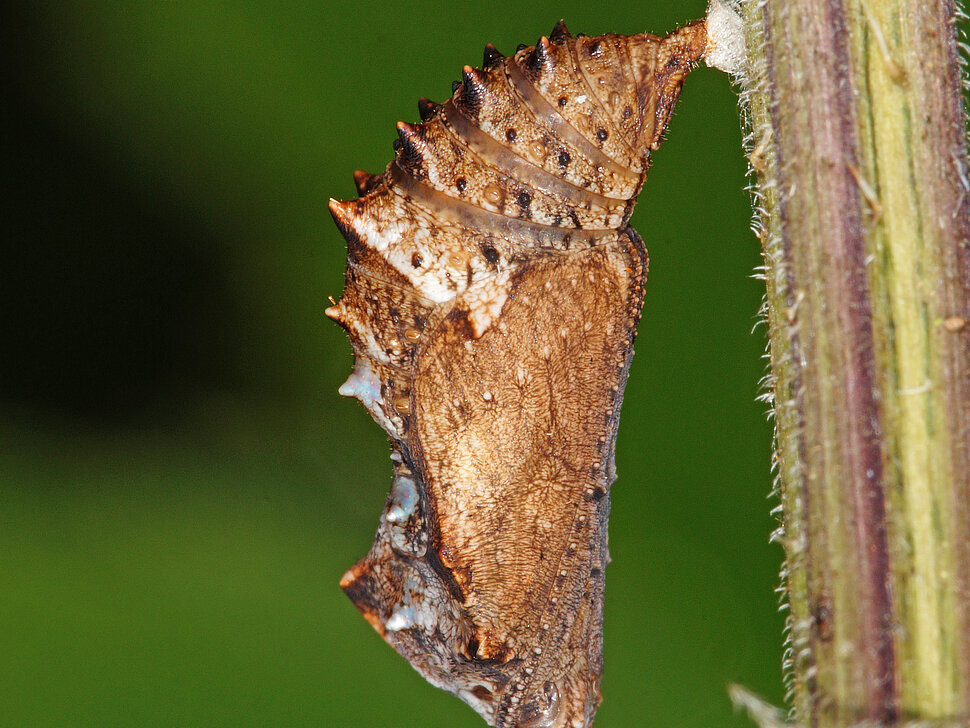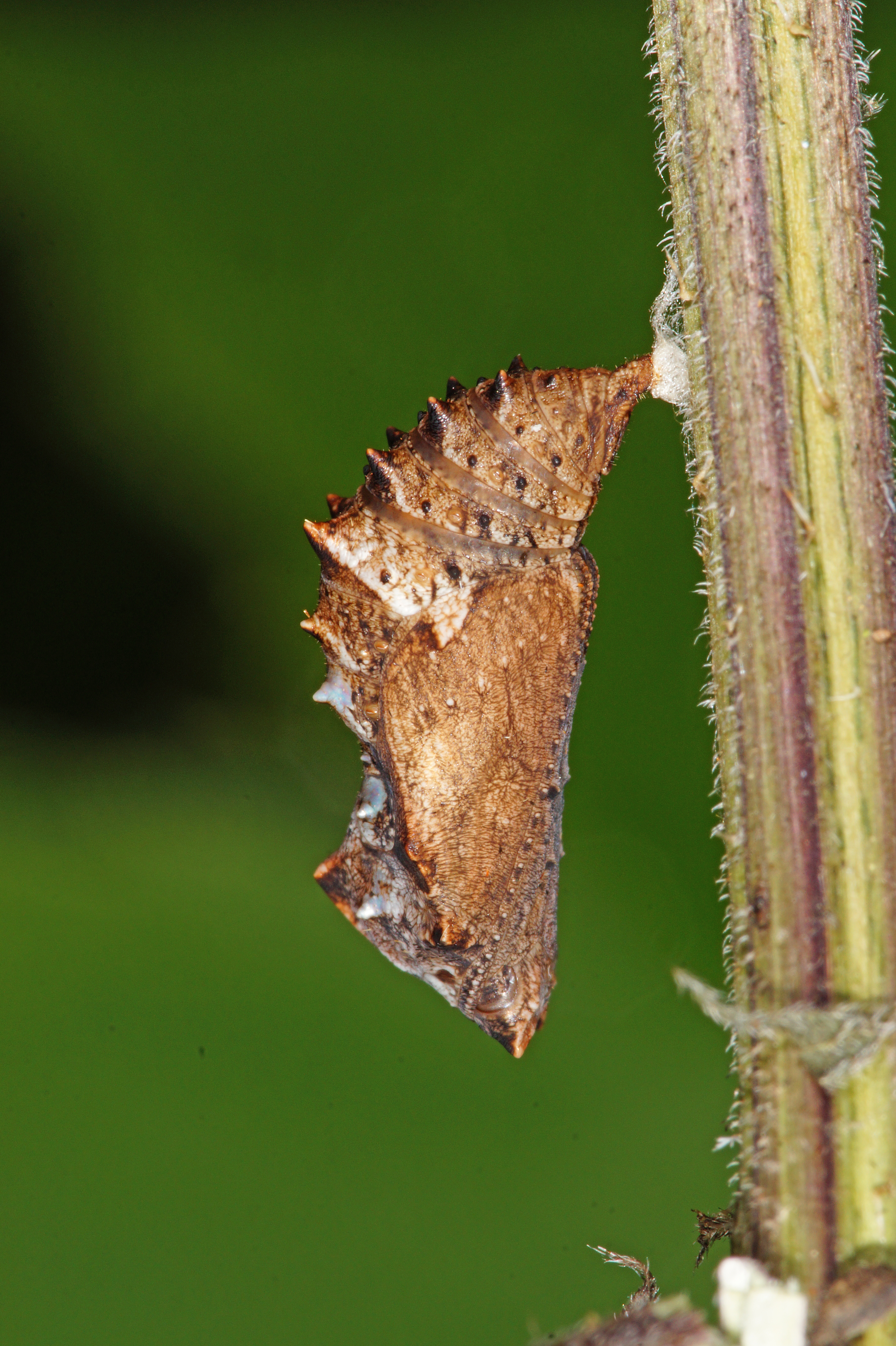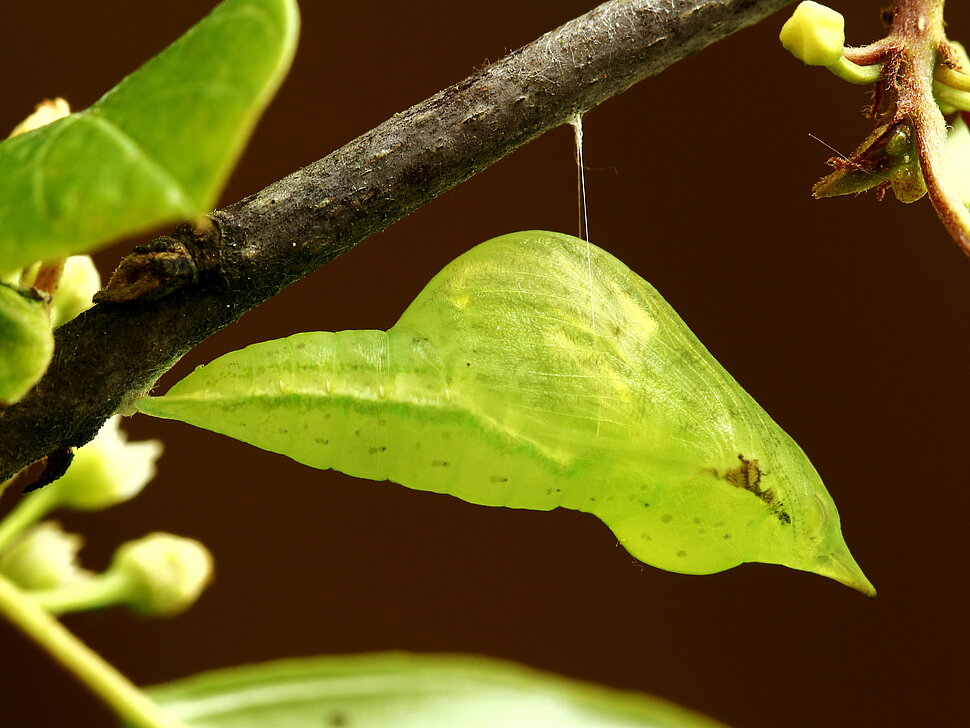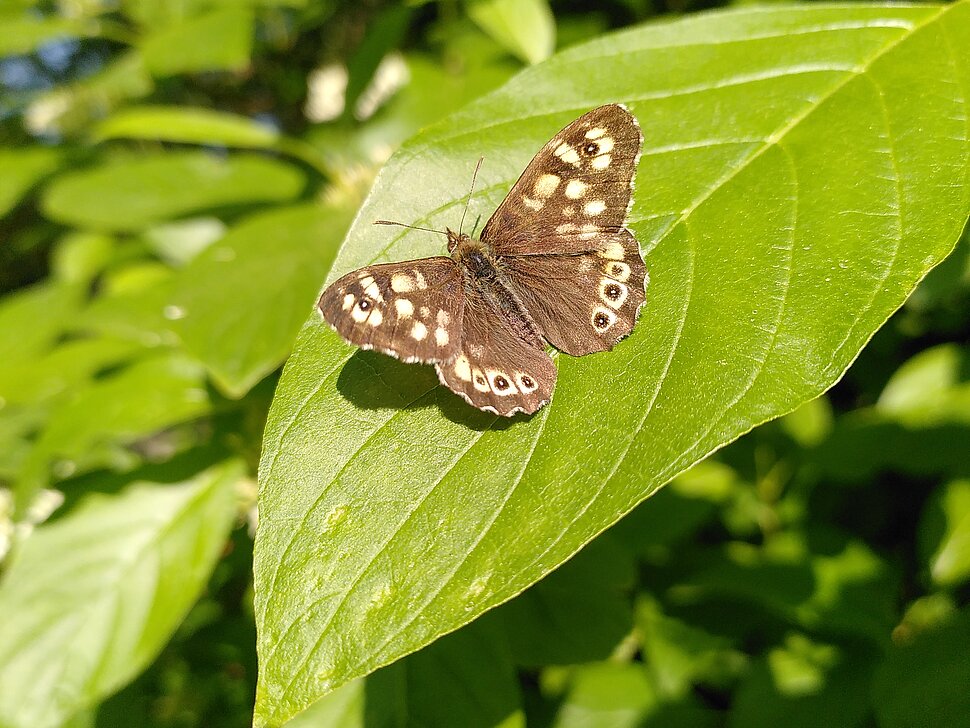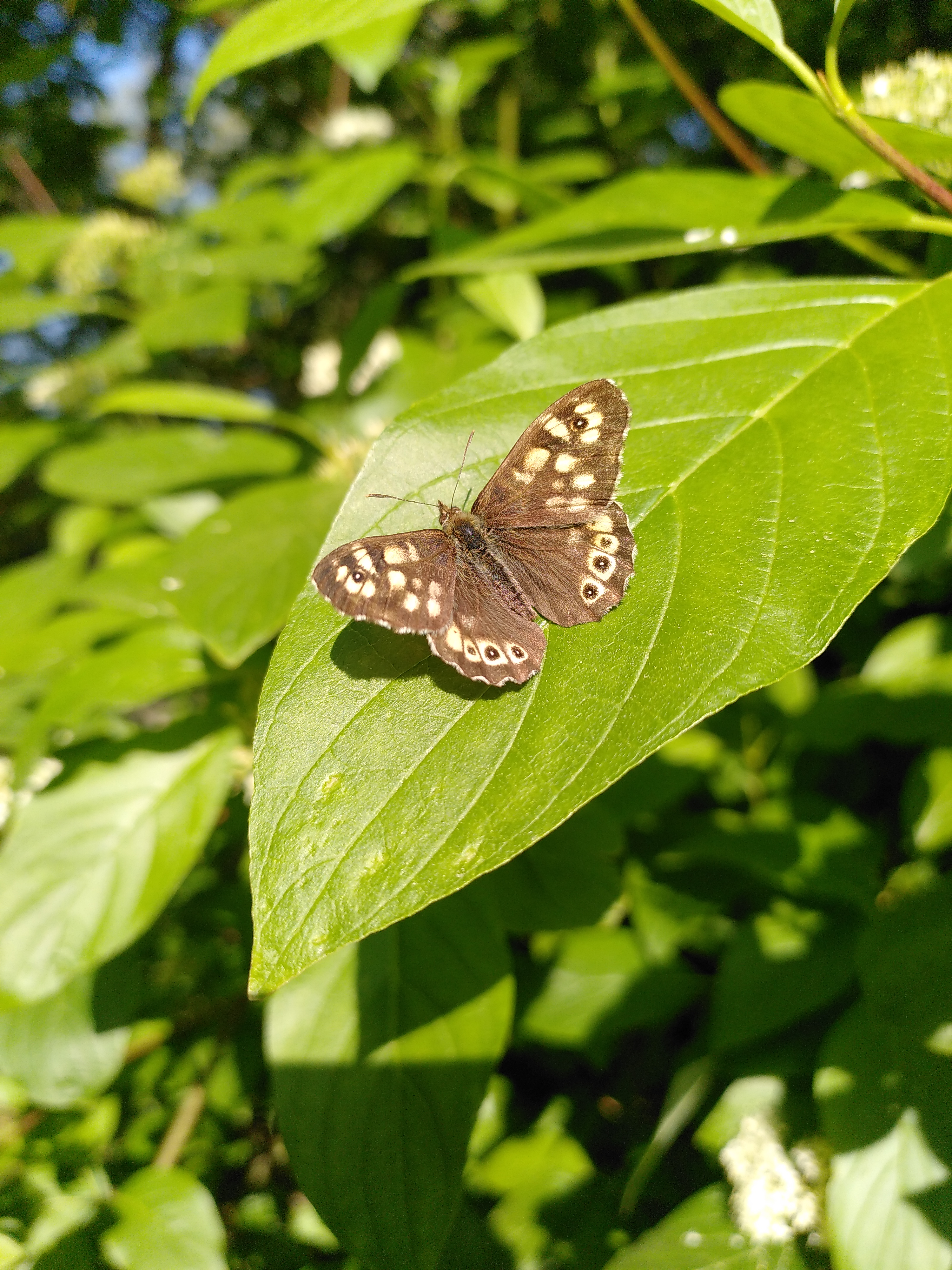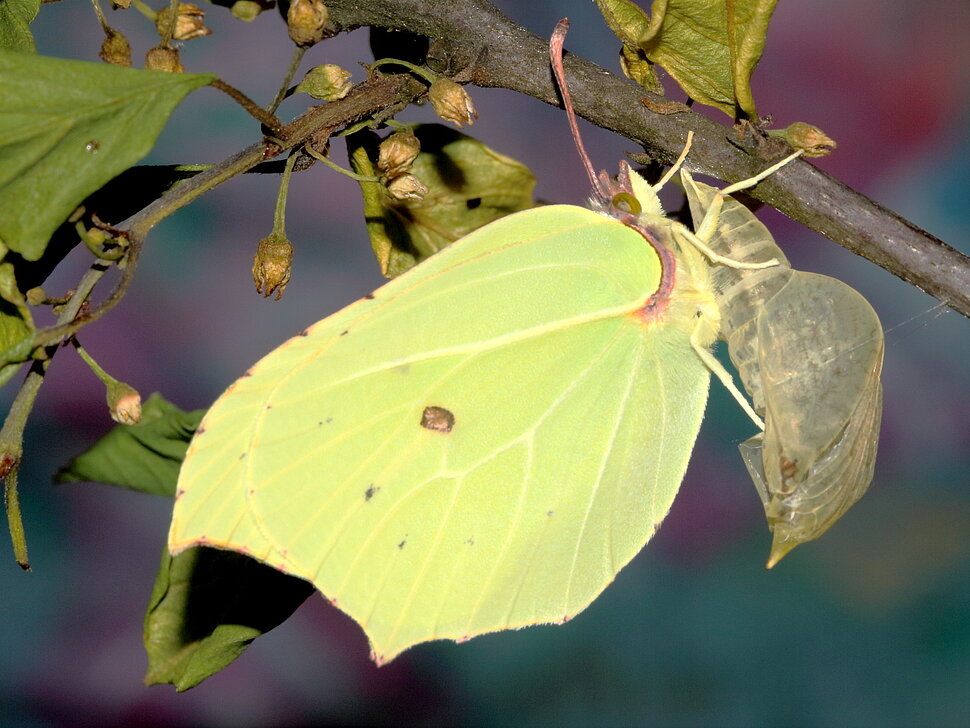Insect trail
Visit the trail in the Eco Forest at Revierpark Gysenberg
At five stations you can learn exciting facts about butterflies and their stages of development.
You can comprehend the different stages by observing and experiencing the sculptures of corten steel.
playground
Physics is everything!
Hop on a see-saw, slide or swing and set physics in motion! The playground is the perfect place to experience physical laws, including energy and gravity.
Station 1: "The awakening"
Butterfly eggs are very different. They vary greatly in their appearance, with some being globular and others being flat. They can be soft or solid, and some have smooth surfaces while others even have tiny hairs.
The Small Tortoiseshell (in German it is called "Little Fox") is also a butterfly. Here, you can find out how its life begins. Take a close look at its eggs. You can also touch and feel them!
Further information
Butterflies, like all insects, lay eggs. In the egg, the fertilized ovum develops into a caterpillar. After a few days to weeks, the caterpillar hatches from the egg.
Butterfly eggs are tiny (0.5 - 2 mm). The shape, colour and number of eggs laid can vary among species. Even the colour can change during their development.
Female butterflies usually lay their eggs on the host plant of the caterpillars, so that they can immediately start feeding on their preferred food after hatching.
weiße Schachtel
Station 2: "The big eating“
Many hungry caterpillars soon hatch from the many little eggs. Luckily, their mother has already dropped them off directly at their favourite food - the nettles! The caterpillars eat and eat, growing bigger and bigger.
Lie down next to the big caterpillar and examine the meadow very closely. Can you find caterpillars or even eggs there? What else is crawling and creeping right underneath you?
Further information
Some caterpillars only feed on a single type of plant. That is why they are dependent on the plant’s existence. If the plant gets removed from the garden as weed, or gets cut off by the lawn mower repeatedly, the caterpillar cannot live at that place.
There are two strategies for caterpillars to avoid being eaten: Not being recognised or appearing dangerous. While the caterpillars of the Small Tortoiseshell, with their black and yellow coloration, signal "you better not eat me!", the caterpillars of the Orange Tip butterfly rely on camouflage, given their green coloration. The caterpillars of the Cabbage White butterfly do both: they defend themselves with spines and additionally camouflage by resembling bird droppings when viewed from above.
Station 3: "The transformation"
When the caterpillar has eaten enough and has become big and fat, it starts pupating.
The casing that it constructs around itself is called a cocoon. Once the pupation is complete, the caterpillar is called a chrysalis, or pupa. Inside the cocoon, the chrysalis transforms into something completely different, something new.
Further information
Inside the cocoon, the caterpillar transforms into a butterfly. Scientifically, the exact process is not fully explored yet. Generally speaking, the caterpillar's body dissolves and reassembles itself into a butterfly.
The pupa, also known as chrysalis, is particularly at risk of being eaten by birds. Some species camouflage themselves as leaves or twigs to avoid detection. Others defend themselves with spines in order to avoid being eaten. Butterfly pupae are an important food source for birds. Especially during the breeding season, bird parents look for protein-rich food for their chicks.
Some butterfly species survive the winter in the pupal stage.
Station 4: „The sweet life“
Now the Small Tortoiseshell butterfly hatches for the second time, but this time not from an egg, but from its yellow, spiky cocoon. The caterpillar has transformed into a colourful butterfly! It is no longer hungry for leaves, but for the sweet nectar of flower blossoms.
Here, you can see the world through the eyes of a butterfly! Can you see what's different? Stand in the middle and see how butterfly wings suit you. How does it feel to live with wings?
Further information
After hatching from the cocoon, it is not only the body of the former caterpillar which is completely transformed, but also its way of life. Instead of crawling on short legs, the moths now fly through the air. Now - instead of leaves - sweet flower nectar or ripe fruits are on the menu.
While eating and growing are crucial for the caterpillars, reproduction is the main focus of the adult butterflies. Males and females find each other through their characteristic wing patterns. These patterns look different to butterflies than to humans, as they are able to see ultraviolet light with their compound eyes. They can also detect each other's scent, using the fine sensory organs on their antennae.
After mating, the female lays eggs on a plant. Using the taste sensors on her feet, she can test whether the plant will taste good to her offspring, or not.
Station 5: „The great kinship“
All butterflies go through the same development: from egg to caterpillar, from caterpillar to chrysalis, and from chrysalis to adult. Many other insects also undergo a similar transformation. The individual stages of development are called egg, larva, chrysalis (or pupa) and imago (=adult animal). The whole transformation is called metamorphosis.
Turn the four discs to discover the developmental stages of other insects. Align the stages of the same insect in a row and you can marvel at its transformation at a glance.
Further information
Metamorphosis is an ancient Greek word meaning transformation. The term refers to animals whose youth stages differ from their adult state in shape and lifestyle. This can be observed in insects, such as butterflies. Another well-known example is the life cycle of frogs, which includes, for example, pond frogs and common toads. Both species live in the Revierpark Gysenberg:
Adult common toads inhabit the undergrowth of Gysenbergerwald and the eco-forest. During the mating season in February and March, they hop to the mill ponds where the females deposit string-like spawn. After a few days, black tadpoles hatch from the spawn. Once the transformation into young toads is complete in May and June, the animals leave the pond to live in the forest.
The development of pond frogs is rather similar. But there are a few differences: The adults live permanently in and around the pond. They mate in May and June. The females lay the spawn in bundles. The tadpoles are brown in colour.
weiße Schachtel
Promoting native biodiversity
The Japanese knotweed, which originally only grew in Asia, has spread in the eco-forest. At the beginning of the 19th century, it was brought to Europe as an ornamental and cattle feed plant.
On the one hand, bees extract nectar from its beautiful blossoms, birds feed on its seeds, and even humans could eat the young shoots.
On the other hand, hardly any other plant has a chance where the Japanese knotweed sprouts. Due to its rapid growth, low nutrient requirements, and subterraneous storage organs, it continues to spread and outcompete other plants. Furthermore, native insects avoid its leaves, leading to a decrease in plant and animal biodiversity in its surroundings.
In order to preserve the eco-forest as a species-rich landscape conservation area, the Japanese knotweed has been regularly mown down since 2022 and the areas have been reforested with native woody plants. Additionally, their shade helps to restrict the growth of the knotweed.

